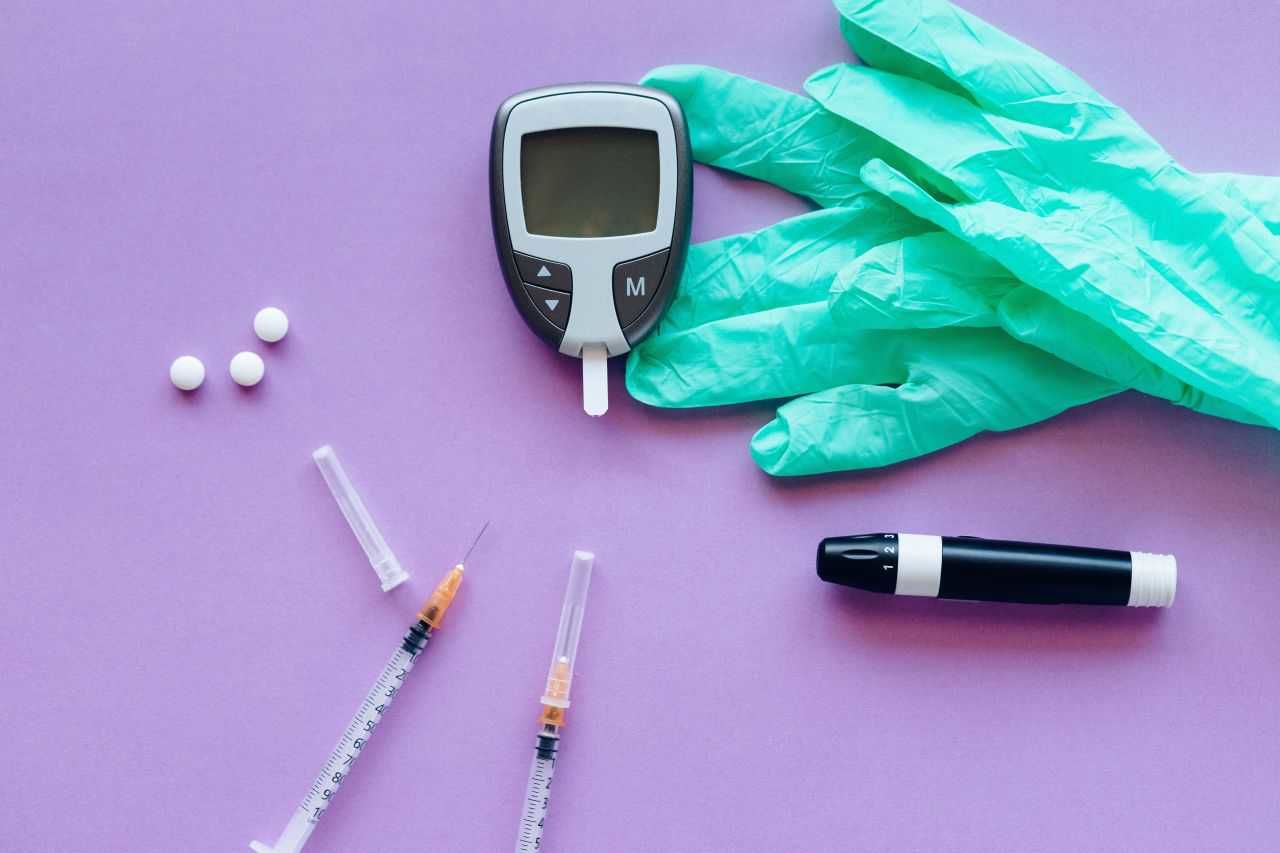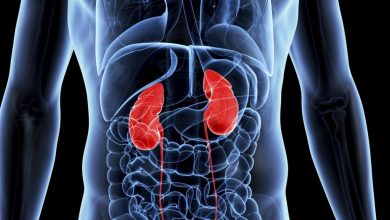Diabetes is a chronic condition characterized by elevated levels of glucose (sugar) in the blood. It requires careful management to prevent complications and maintain overall health. Regulating blood sugar levels is crucial for individuals with diabetes, and adopting effective strategies can significantly improve their quality of life. In this article, we will explore diabetes, its types, and various methods for managing the condition and maintaining healthy blood sugar levels.
Understanding Diabetes:
1. Type 1 Diabetes: This type is an autoimmune condition in which the immune system attacks and destroys the insulin-producing cells in the pancreas. Individuals with type 1 diabetes require insulin therapy to regulate blood sugar levels.
2. Type 2 Diabetes: Type 2 diabetes is characterized by insulin resistance, where the body’s cells do not respond effectively to insulin. Lifestyle factors, genetics, and obesity play a role in its development.
3. Gestational Diabetes: Occurring during pregnancy, gestational diabetes affects blood sugar levels and requires careful monitoring to ensure the health of both the mother and baby.
Managing Diabetes and Regulating Blood Sugar:
1. Healthy Eating:
- Choose a balanced diet rich in whole grains, lean proteins, healthy fats, fruits, and vegetables.
- Monitor carbohydrate intake and opt for complex carbohydrates that have a slower impact on blood sugar levels.
- Practice portion control to avoid overeating and fluctuations in blood sugar.
2. Regular Physical Activity:
- Engage in regular exercise to improve insulin sensitivity and help regulate blood sugar levels.
- Aim for a combination of aerobic activities (such as walking, swimming, or cycling) and strength training.
3. Medication and Insulin Therapy:
- Type 1 diabetes requires insulin therapy, which involves injecting insulin to replace the body’s natural production.
- Type 2 diabetes may be managed with oral medications or injectable medications that help improve insulin sensitivity or stimulate insulin release.
4. Blood Sugar Monitoring:
- Regularly monitor blood sugar levels using a glucometer to track changes and make informed decisions about diet, exercise, and medication.
5. Stress Management:
- Chronic stress can affect blood sugar levels. Practice stress-reduction techniques such as deep breathing, meditation, yoga, or hobbies.
6. Adequate Sleep:
- Prioritize getting enough sleep, as sleep deprivation can impact insulin sensitivity and blood sugar regulation.
7. Hydration:
- Stay well-hydrated, as dehydration can affect blood sugar levels. Drink water throughout the day.
8. Regular Check-ups:
- Schedule regular visits with a healthcare provider to monitor blood sugar levels, assess overall health, and adjust treatment plans if necessary.
Managing diabetes and regulating blood sugar levels is a comprehensive effort that requires a combination of healthy lifestyle choices, medication, and ongoing monitoring. By adopting a balanced diet, staying physically active, managing stress, and working closely with healthcare professionals, individuals with diabetes can achieve better blood sugar control and minimize the risk of complications. Consistency and diligence in self-care are key to leading a fulfilling and healthy life despite the challenges posed by diabetes.
Understanding Low Blood Sugar: Causes, Symptoms, and Management
Low blood sugar, also known as hypoglycemia, is a condition that occurs when the levels of glucose (sugar) in the blood drop below normal. It can be a concerning and potentially dangerous situation, especially for individuals with diabetes. In this article, we will delve into the causes, symptoms, and management of low blood sugar, providing insights into how to recognize and address this condition effectively.
Causes of Low Blood Sugar:
1. Medications: Insulin and certain oral diabetes medications, especially when taken in excessive doses or without sufficient food intake, can cause blood sugar levels to plummet.
2. Delayed or Skipped Meals: Not consuming regular meals or snacks can lead to low blood sugar, particularly if there is a long gap between meals.
3. Excessive Physical Activity: Intense exercise or prolonged physical activity can deplete glucose stores in the body, resulting in low blood sugar.
4. Alcohol Consumption: Drinking alcohol without consuming adequate food can lead to a drop in blood sugar levels.
5. Hormonal Changes: Hormonal imbalances, such as an excess of insulin or other hormones, can cause hypoglycemia.
Symptoms of Low Blood Sugar:
The symptoms of low blood sugar can vary from person to person and may include:
- Shakiness or tremors
- Sweating
- Rapid heartbeat
- Dizziness or lightheadedness
- Hunger
- Irritability or mood changes
- Confusion or difficulty concentrating
- Blurred vision
- Headache
- Weakness or fatigue
- Nausea
Managing Low Blood Sugar:
1. Immediate Treatment:
- Consume a quick-acting source of glucose, such as glucose tablets, fruit juice, or regular soda.
- Follow up with a snack that contains protein and complex carbohydrates to stabilize blood sugar levels.
2. Frequent Blood Sugar Monitoring:
- Regularly check blood sugar levels, especially before and after meals, to detect any fluctuations and take appropriate action.
3. Adjust Medication and Diet:
- Work with a healthcare provider to adjust medication dosages and meal plans if frequent episodes of low blood sugar occur.
4. Balanced Meals and Snacks:
- Eat regular, balanced meals that include a mix of carbohydrates, protein, and healthy fats to prevent blood sugar swings.
5. Exercise Considerations:
- If engaging in physical activity, monitor blood sugar levels before, during, and after exercise. Adjust carbohydrate intake as needed.
6. Medical Alert ID:
- Wear a medical alert bracelet or carry identification that indicates you have diabetes and are at risk for low blood sugar.
7. Educate Family and Friends:
- Inform close friends, family members, and coworkers about the signs and treatment of low blood sugar so they can assist if needed.
Conclusion: Managing low blood sugar requires vigilance, awareness, and timely action. By understanding the causes, recognizing symptoms, and implementing effective management strategies, individuals can navigate the challenges of hypoglycemia and maintain stable blood sugar levels. Regular communication with healthcare providers, adherence to medication and dietary recommendations, and proactive self-care are key to minimizing the impact of low blood sugar on overall health and well-being


















